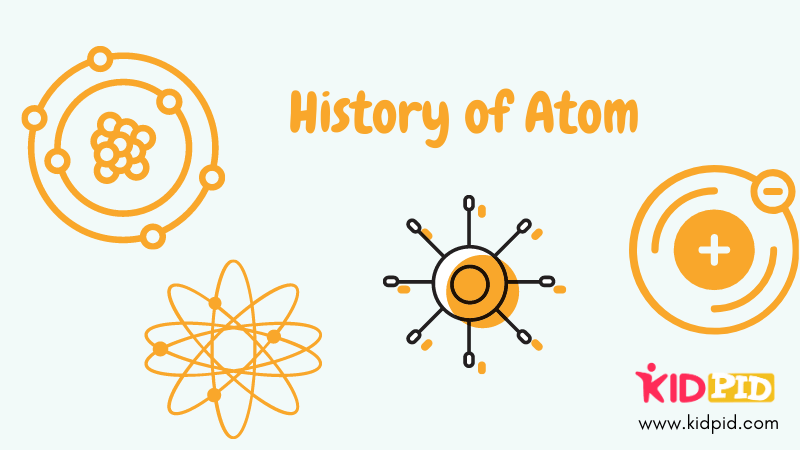Why do ice pops melt?

Contents
States of Matter
- Ice pops are solid in the state.
- Every object has a definite state known as the state of matter.
- Ice pops are frozen in nature and hence are solid objects.
- For any object to be solid, it requires a close and tight bonding between its atoms.
- When these atoms are far apart from each other, the state of matter begins to change.
Atom is the smallest unit of a matter. There are three states of matter, solid-state, liquid state or gaseous state.
- In a solid state, every matter has a definite shape because of closely bound molecules.
- A liquid state is a free-flowing state with a greater amount of space between the constituent molecules. They have the ability to take the shape of any vessel in which they are present or can be said to possess the ability to change shapes depending on the container in which they are present.
- The gaseous state has the most space between its constituent particles and therefore has no defined shape or structure. They move around in the environment freely with the least restriction and occupy as much volume as possible.
- It is possible for any object or matter to change its state under predefined conditions like water can be frozen to form ice. This process involves the conversion of water in its liquid state to water in its solid state i.e., into ice. On the other hand, when allowed to boil, water molecules start evaporating and turn into water vapour, which is water in the gaseous state.
Why Do Ice Pops Melt?
- Ice pops are solid in nature, which means they have closely bound molecules present within them.
- However, when we take them out at the normal temperature, there is an exchange of heat that takes place between the cold ice pop and the warmer surrounding environment.
- Ice pops start absorbing heat from the surrounding environment causing the bonds within to break and the ice to start melting.
- This change in the bonding of molecules results in the change of state i.e., change from solid to liquid.
- Hence, ice pops start melting due to changes in the internal energy or bond present between each molecule.
Fun Facts:
- Water starts freezing at the temperature of 0°C.
- Water starts evaporating at the temperature of 100°C.
- Gaseous matter does not have any definite shape or any definite volume.
Related Questions:
- What are the states of Matter?
- How many states of Matter are present around us?
- What is thermal energy?
True or False:
- Solid is a type of state of matter.
- There are four basic types or states of matter.
- The liquid state has tightly closed or bonded molecules present within it.
- A Solid-state material has a definite shape due to closely bound molecules.
- Water is present in a liquid state in normal conditions.
Objective Quiz:
- There are ______ states of matter.
- One.
- Two.
- Three.
- Four.
- _______ has a definite shape.
- Solid.
- Liquid.
- Gas.
- None of the above.
- Liquid is a type of ________.
- State of matter.
- State of look.
- State of flow.
- None of the above.
- In a solid state, atoms are ___________.
- Bound closely to each other.
- Bound normally to each other.
- Bound lightly to each other.
- Bound with a distance to each other.
- __________ can change its shape depending on the surface on which it is present.
- Solid state.
- Gaseous state.
- Liquid state.
- None of the above.






Responses